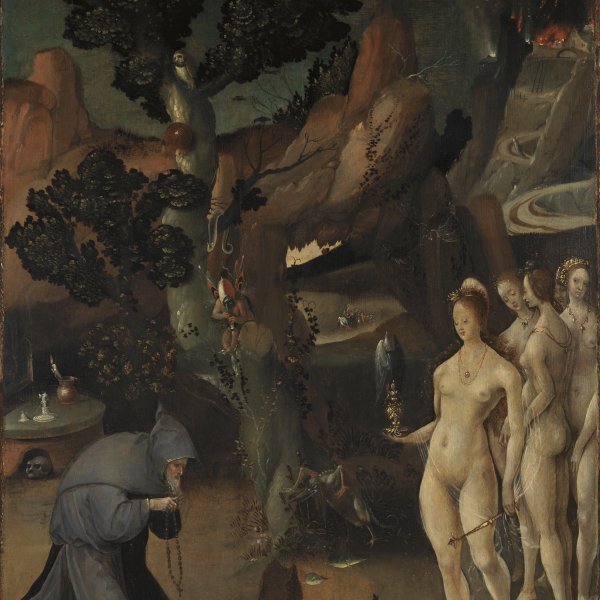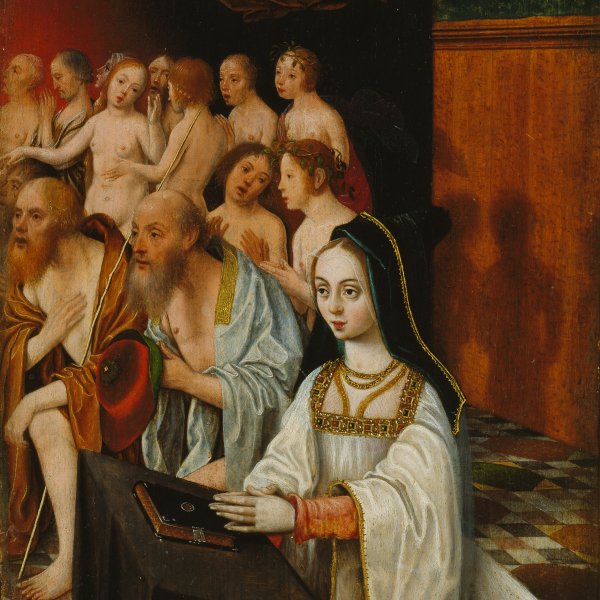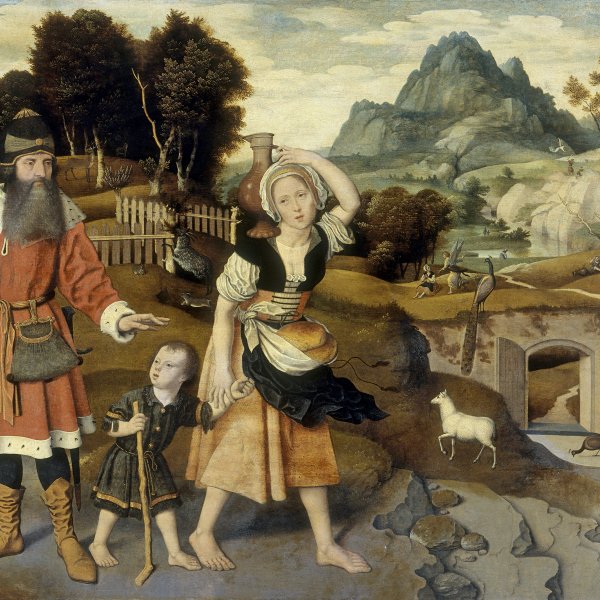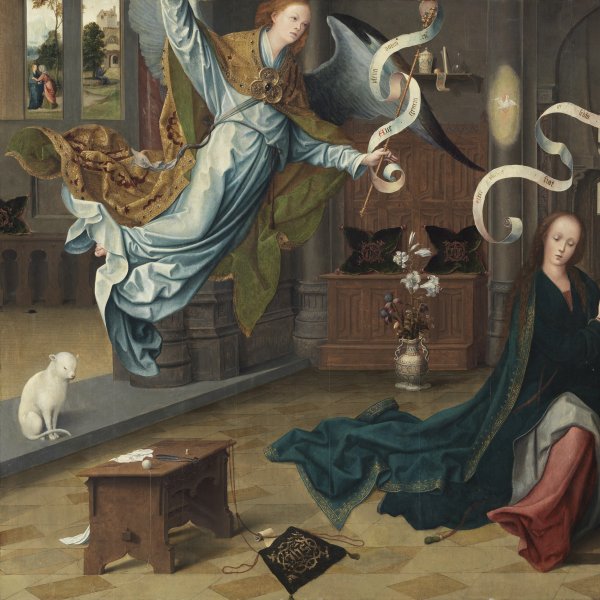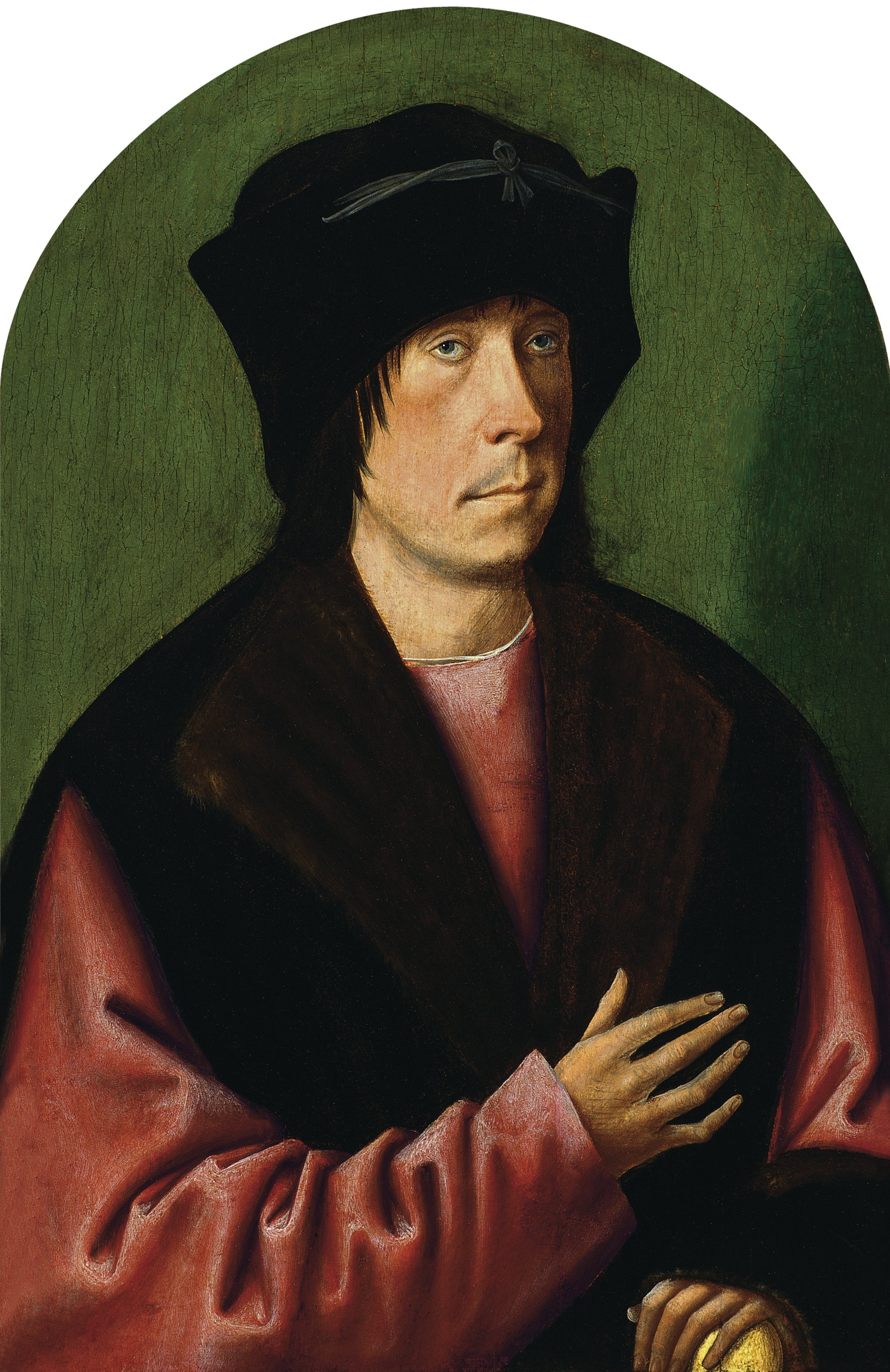Portrait of a Man
This panel has been the subject of various attributions. Friedländer suggested Jacob van Amsterdam Cornelisz., Franz Düllberg suggested the circle of Lucas van Leyden, and Friedländer subsequently proposed Cornelis Engebrechtsz. It was Colin Eisler in 1989 who finally gave it to an anonymous Dutch painter. The panel has been the subject of various technical studies of which the one undertaken in the 1980s by the restorer Emil Bosshard revealed a layer of underdrawing that is visible in some parts of the painting. As a result, it is evident that the artist made significant changes between the stage of the preparatory drawing and the final painting, particularly in the design of the hands of this unknown sitter, which are painted in a notably schematic manner. The portrait was intended to be shown in a frame with a semi-circular top, as can be seen from the way the area of paint at the top terminates in a rounded shape.
NR
In 1980 the panel was the subject of a technical study undertaken at Villa Favorita by Emil Bosshard, the Collection’s restorer at that period. Infra-red reflectography revealed interesting underdrawing, and various small differences are evident with regard to the final painting. This under-drawing, which is visible to the naked eye in some areas, is particularly significant in the areas of the hands and drapery, particularly the right sleeve. The infra-red reflectograph shows how the artist defined the fingers and the shadows of the right hand and sleeve with simple, schematic strokes. It is also possible to see a small pentimento in the thumb.
The panel, with its intense green background, has a semicircular upper edge.
Mar Borobia





